I was recently given a Canon R6 Mk II and a set of lenses, including the RF 50/1.2, to test them in a specific environment, so to familiarise myself with the kit I spent a few hours wandering around with the most unlikely configuration for street photography: camera, battery grip and a bulky lens: not exactly what you would call ‘discreet’ or ‘unobtrusive’. However, as counterintuitive as it may seem, I had no problem carrying a ‘real’ camera with all the bells and whistles, as they often seem less threatening and creepy to the casual passer-by, the main target of street photography, because people think you’re just working. There would be no other reason to carry such massive hardware, or would there?
Before going any further, this article is utterly subjective, therefore I’m not going to pontificate about pixel-peeping, resolution, or make comparisons with brand X or Y: my focus is just on the resulting images and the shooting experience in (purposely chosen) sub-optimal conditions. Indeed, I put myself in the shoes of a first-time user who, as is often the case with a brand new camera, does not read the f..ancy manual and relies only on his previous knowledge, if any: I just set the camera to aperture priority, ISO400, F1,2, focus to auto and went out shooting, and here is what happened.
This picture reminds me why I stopped using Canon cameras and lenses: the fifty captured a very sharp picture, the main subject properly pops out of the frame, as it would be expected with an 1,2 aperture, the bokeh is more than pleasant, as the colours’ rendition. But for my personal taste, the overall result is too perfect, to the point of lacking personality. Of course, you can’t rule out the possibility that it’s all the photographer’s fault. But the Canon’s look really does stand on its own: you either take it or leave it, and I left it.

The kit performed very well in difficult conditions: I took this picture handeld and the result is not disappointing.
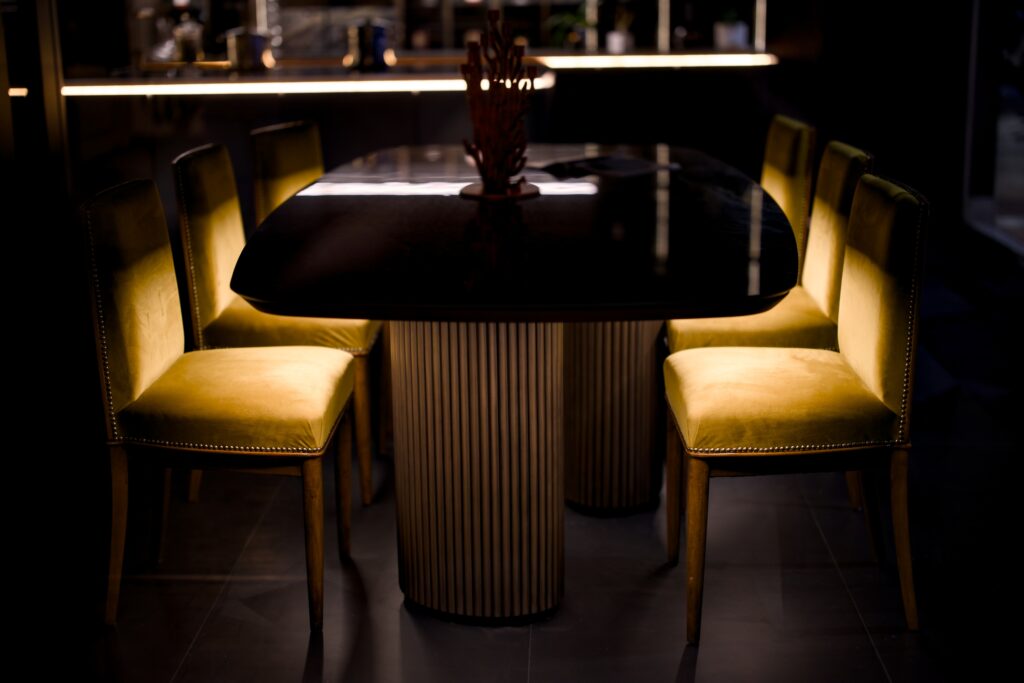
The same can be said of this next image:
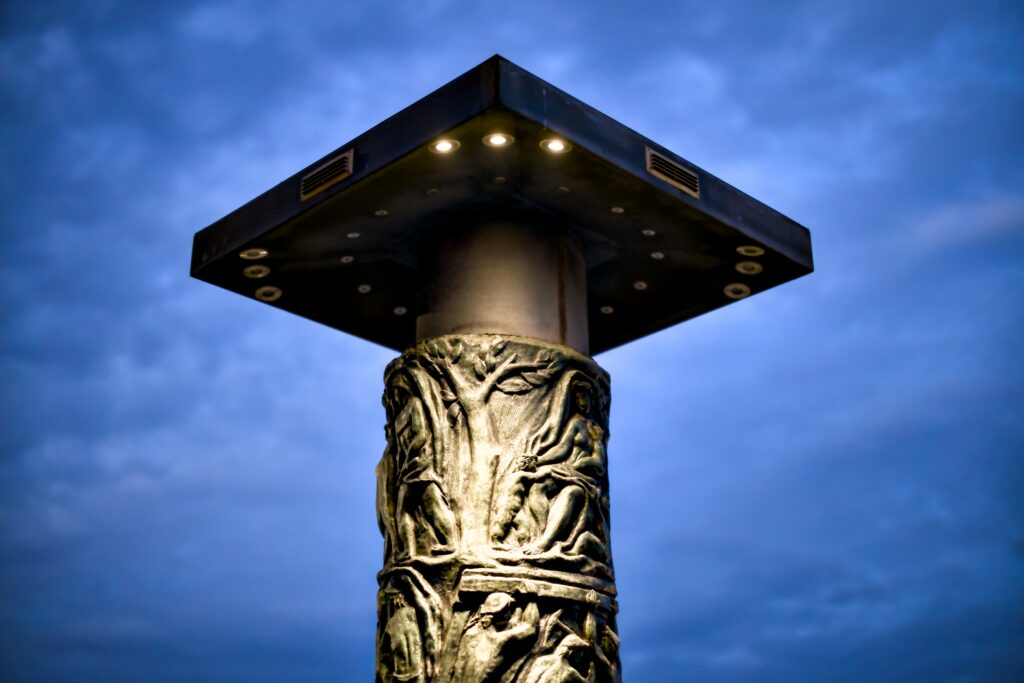
Sometimes the camera did not get the subject in focus, but it has to be said that I took this picture from the hip and while walking. In this situation I am not sure that another camera would have done any better. Perhaps, to increase the odds, I should have set a single, central focus point.
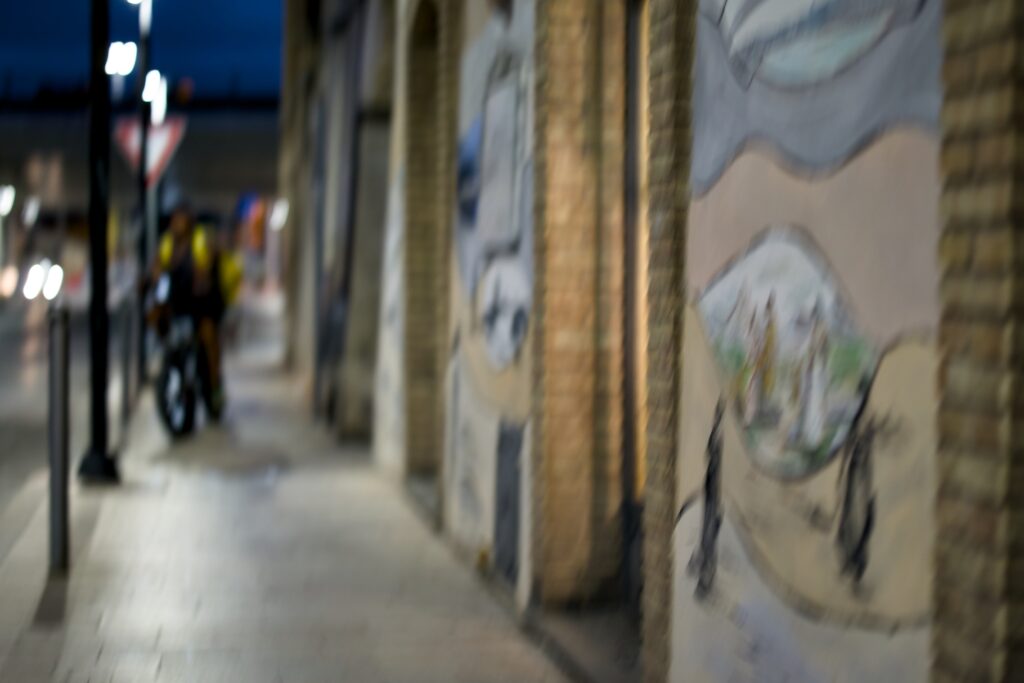
Here, a few steps ahead of the previous position, I was luckier (or mistaken again.) Maybe most of the dilapidated house caught the autofocus’s attention, allowing the rider to be blurred, or I simply misfocused.
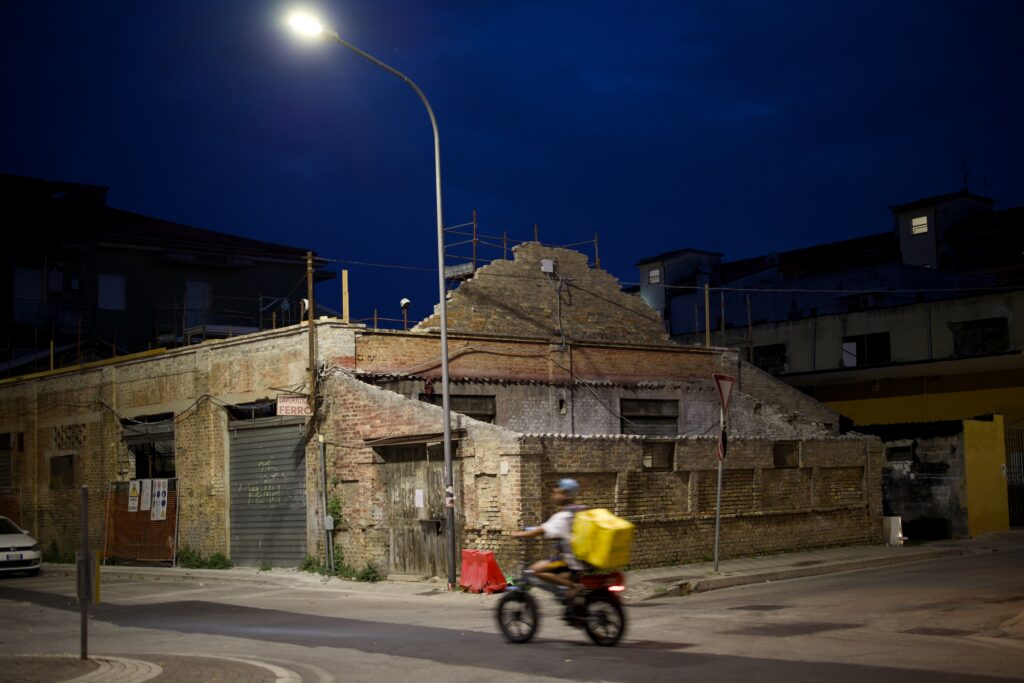
In conclusion, I was unable to explore the full potential of this kit due to the limitations imposed by a lack of knowledge of the new hardware and a further decision to go with the default settings, which did not allow the camera’s full potential to be exploited, but I like the results. It was nice to go back in time and immerse myself in Canon’s visual world again, but this experience has not revamped the passion: for the time being, I will remain faithful to my Pentax K-1.
Share this post:
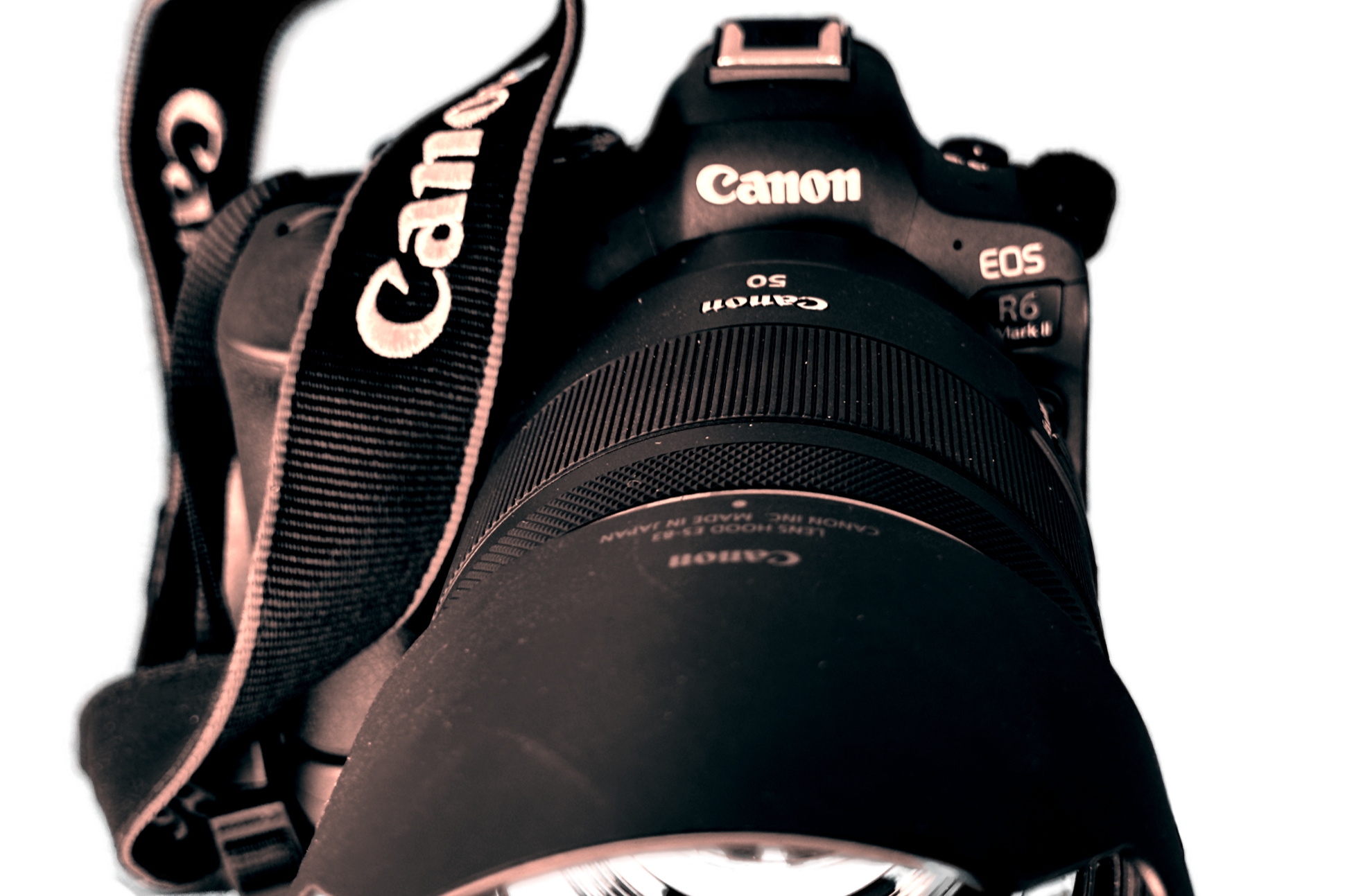








Comments
Gary Smith on 5 frames with a Canon R6 Mk II and its RF 50/1,2 L USM
Comment posted: 25/09/2024
Comment posted: 25/09/2024
Jeffery Luhn on 5 frames with a Canon R6 Mk II and its RF 50/1,2 L USM
Comment posted: 26/09/2024
I'm a Nikon guy, but because I teach College level digital photography, I need to be fluent with all brands.
My take on Canon is divided into two parts. The low end Rebel models are rubbish. They have a very high failure rate. I see many disappointed students with one or two year old broken Canons. Also, the fact that the flash output cannot be controlled is a serious oversight by Canon. The high end Canons are quite good for professional use.The super sharpness can be tamed in post production. I have noticed that the high level cameras and lenses may have AF focus problems because of lens mount inconsistencies. This is a quality control problem I don't see with other brands.
vito on 5 frames with a Canon R6 Mk II and its RF 50/1,2 L USM
Comment posted: 03/10/2024
Comment posted: 03/10/2024
Comment posted: 03/10/2024